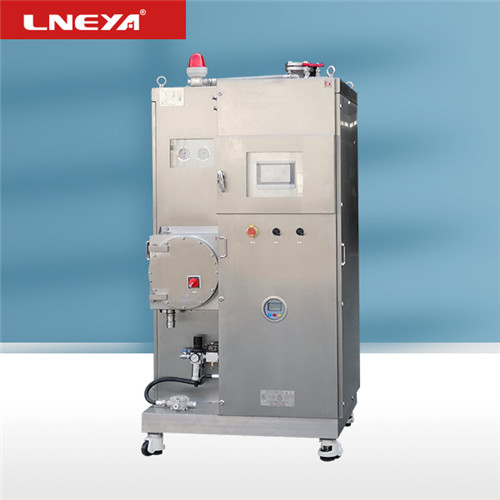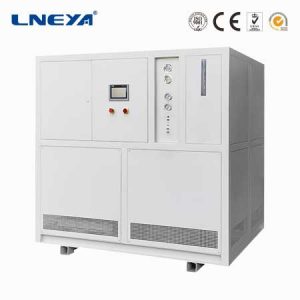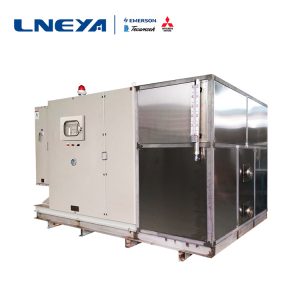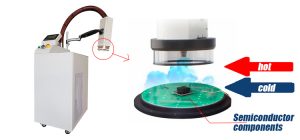Selection Guide for Laboratory Cooling and Heating Circulator
When purchasing laboratory cooling and heating circulator equipment, the key point is to meet production requirements and accelerate production output. Therefore, you need to understand the characteristics of the equipment and technical solutions when purchasing to avoid unnecessary losses and troubles. What are the common misunderstandings when buying high and low temperature circulators?

Misunderstandings and avoiding methods of laboratory cooling and heating circulators:
1. Only consider the laboratory refrigeration and heating circulator technology:
Different laboratory cooling and heating circulator manufacturers, due to their own processing capabilities, practical application experience, accessories used, recommended usage habits and other factors, often require users to use process conditions that have not been fully understood, and design choices will be biased. These can easily affect the quality of the equipment
2. Only consider the power of the laboratory cooling and heating circulator:
Many customers only compare the heating power when purchasing a laboratory cooling and heating circulator, but in addition to this factor, there is actually a pump power. Under the same heating power or working temperature, the pump is too small and the flow is insufficient to meet the requirements of the production process. If the pump is too large, it will cause unnecessary energy loss
3. Do not pay attention to the model number:
Laboratory cooling and heating circulators have different models, different structural compositions, different material specifications and different quality positioning requirements. The price is not comparable, and the work performance displayed during the use process is very large.
4. Only consider the price of laboratory cooling and heating circulators:
Don’t be cheap, price is not a factor, but also depends on the manufacturer’s technical strength, manufacturing capacity, corporate reputation and after-sales service.
Recommandations connexes
-
Detailed Operating Instructions of Industrial Chiller
1387The installation procedures of waterchiller include:1. During installation, please checkwhether the machine is damaged and select a suitable place for installation andfuture maintenance. The site for installing the unit must be the floor or...
Voir les détails -
Vocs condensing separation equipment expansion valve maintenance instructions
942Once the expansion valve of the vocs condensing and separating device fails, if the solution is not solved in time, the entire vocs condensing and separating device may be unavailable. Therefore, the failure of the expansion valve of the vocs cond...
Voir les détails -
The influence of the evaporator of the semiconductor thermostat on the refrigeration effect
964Different models of semiconductor thermostat equipment have different options for evaporation. According to different models, the choice of evaporator is different. For example, box-type semiconductor thermostat equipment uses water tank coil type...
Voir les détails -
Cooling and heating temperature control equipment for liquid distribution system
901The cooling and heating temperature control equipment of the liquid distribution system is a dynamic temperature control system produced by LNEYA. When we purchase the cooling and heating temperature control system of the liquid distribution s...
Voir les détails
 LNEYA Industrial Chillers Fabricant Fournisseur
LNEYA Industrial Chillers Fabricant Fournisseur













